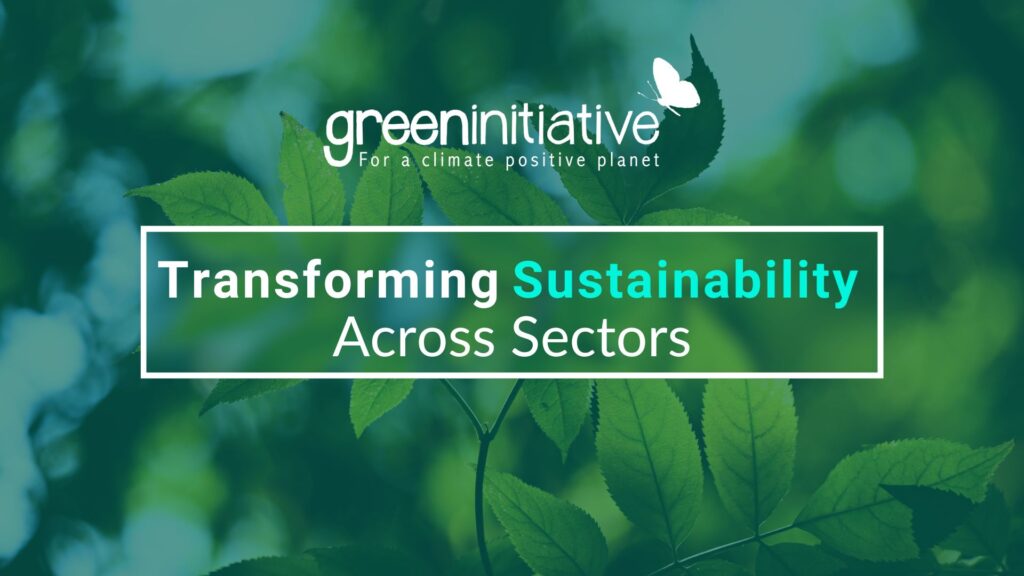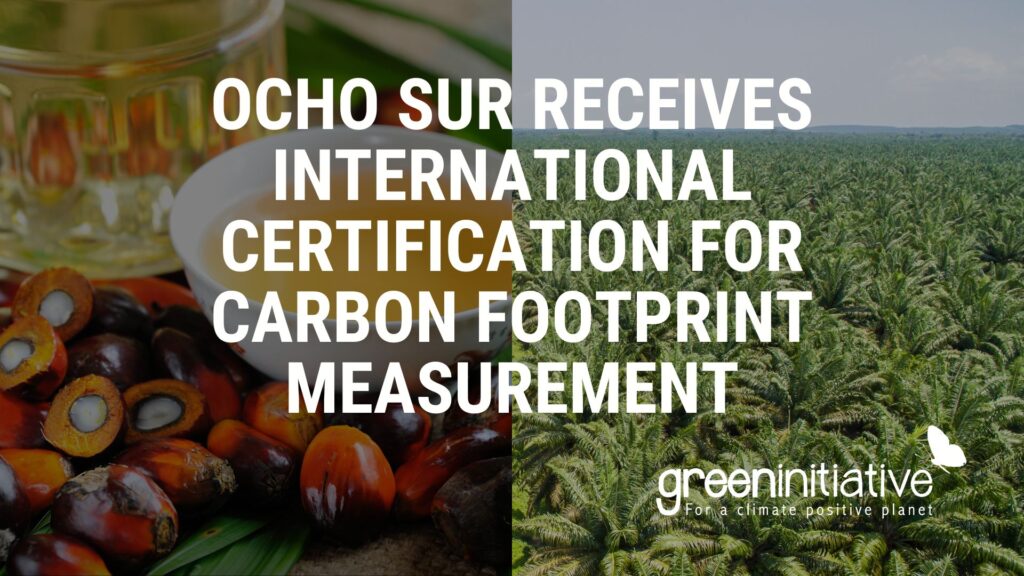Comprehensive Sustainability Strategies: Transforming Across Sectors
The modern world operates within a complex web of sectors, each crucial to sustaining our way of life. From Power to Agriculture, Transport to Forestry and Tourism, each facet plays a vital role in the functioning of society and the economy. However, the challenge we face today is to transform these sectors into more sustainable, eco-friendly entities. Power Sector and Energy Transition Decarbonization of fossil fuels is at the forefront of change. The aim is clear: to phase out unabated coal electricity generation, increasing utility-scale solar capacity, onshore and offshore wind capacity, and the prevalence of microgrids. These steps are pivotal in reshaping our energy landscape. Transport Evolution The shift toward electric vehicles (EVs) is gaining momentum. From passenger cars to heavy-duty commercial vehicles, the goal is to expand adoption and improve the charging infrastructure. This move promises a significant reduction in carbon emissions. Agriculture, Forestry and Tourism Improving animal health, seed efficiency, irrigation methods, and forest management are key steps. Preventing forest fires and reducing food waste and loss are equally vital. Additionally, embracing regenerative agriculture practices, such as cover crops and crop rotation, promises more sustainable farming. Regenerative agriculture and reducing food waste promise sustainability. In tourism, eco-conscious practices foster preservation. Industry and Industrial Innovation Industries like cement, iron, and steel are pivotal but environmentally taxing. The focus is on reducing demand for cement through alternative building materials, promoting electric arc furnaces and recycled scrap in steel production, and intensifying leak detection to reduce emissions. Water Supply and Conservation Efficiency in water use through techniques like drip irrigation and reservoir covers, coupled with expanding water conservation practices, remains a priority. Enabling Technologies and Infrastructure Developing enabling technologies and infrastructure is the backbone of this transformation. This includes expanding credit markets, rainwater harvesting, and improving management effectiveness in protected areas and conservation measures. Land Protection and Restoration Restoring degraded land, expanding protected areas, controlling invasive species, and bolstering ecosystem protection against external threats are imperative steps toward preserving our natural habitats. Land Restoration and Pollution Reduction Restoring degraded land, tackling pollution, and protecting ecosystems are vital steps toward preserving our world. Reducing pollution across all sectors is a core objective, encompassing everything from emission reduction to the responsible use of fertilizers and nitrogen inhibitors in agriculture. Each step outlined in this comprehensive approach is a piece of the puzzle—a puzzle that, when complete, will shape a more sustainable future for generations to come. Green Initiative’s Business Model Integration for Catalyzing Climate and Nature Positivity We can help your organization Accelerate Progress toward Climate and Nature Positive Impacts. At Green Initiative, we empower organizations to integrate climate action at the core of their business models, helping achieve decarbonization targets and comply with international standards. Contact us here.
Comprehensive Sustainability Strategies: Transforming Across Sectors Read More »









